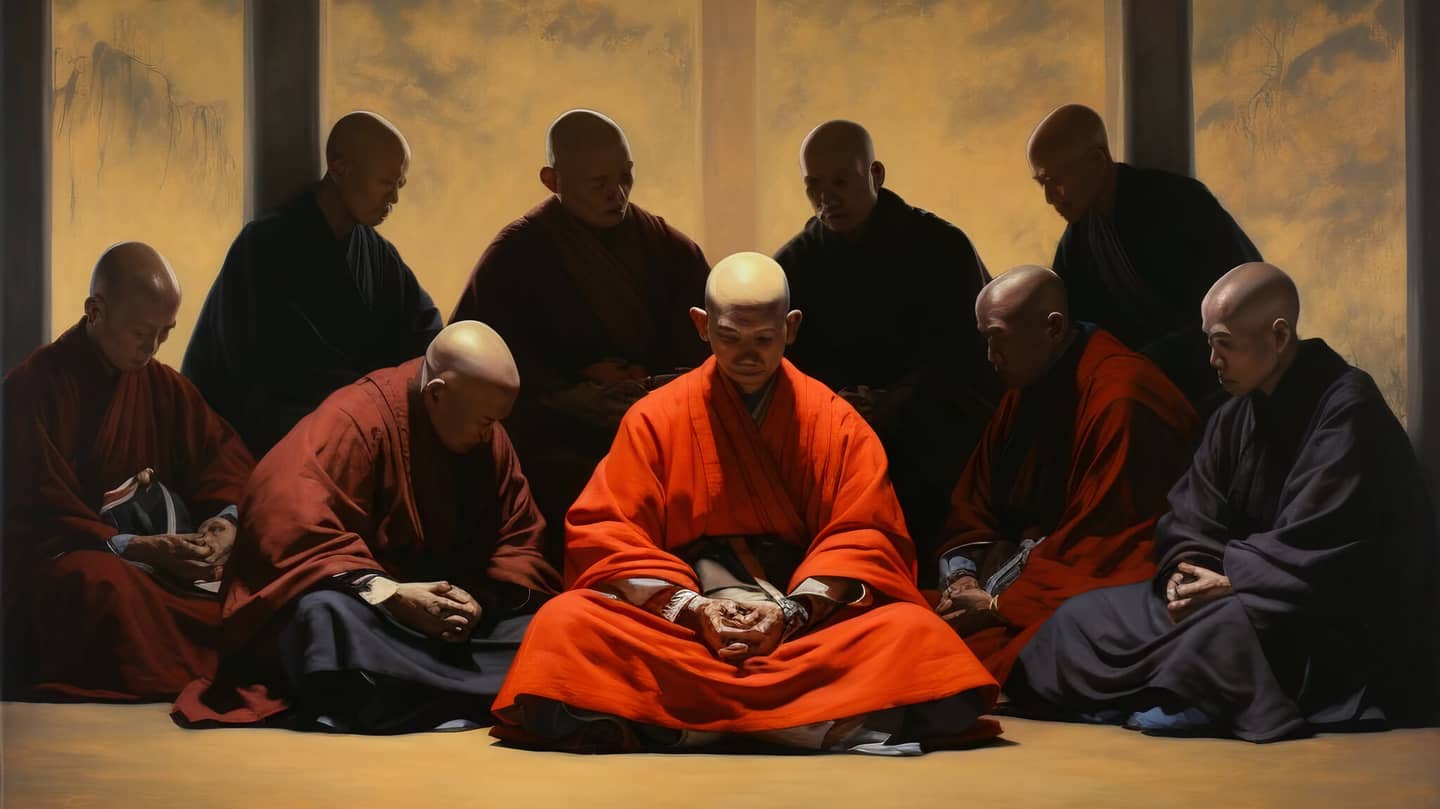Exploring The Nine Whys (An Inquiry into Liberating Structures, part III)
In this episode of our series on Liberating Structures, we discuss The Nine Whys, an approach for finding purpose in a group collaboration.

What is The Nine Whys?
The Nine Whys is a ‘micropattern’ in Liberating Structures aiming to uncover people’s motivations, achieve a shared understanding within a team or organization, and get people aligned around a common purpose.
As the Liberating Structures website explains it:
With breathtaking simplicity, you can rapidly clarify for individuals and a group what is essentially important in their work. You can quickly reveal when a compelling purpose is missing in a gathering and avoid moving forward without clarity. When a group discovers an unambiguous shared purpose, more freedom and more responsibility are unleashed. You have laid the foundation for spreading and scaling innovations with fidelity.
In terms of applications, one could think of strategic planning, team-building, product development, and conflict resolution.
What Does it Look Like?
Participants sit in a space arranged with only chairs, facing each other, with no tables or equipment needed.
The process is straightforward and can be completed in 20 minutes.
People are invited to explain the importance of their work, followed by repeated “Why?” questions to uncover their underlying motivations.
Everyone participates equally.
It starts with two-person discussions, with each person having 5 minutes to explore their reasons. These pairs then join another pair, forming a group of four, to share their findings.
Finally, the entire group comes together to discuss how their fundamental purposes can guide their future direction. This gradual increase from pairs to the whole group combines all individual ideas into a collective understanding.
Does it Work?
The Nine Whys might be effective to an extent, but perhaps not for the intended reasons, and there are certainly better alternatives.
The concept behind The Nine Whys is like an onion, with an idea on the outside and a core principle at its center. The theory suggests that by peeling back its layers, one eventually uncovers people’s core beliefs.
However, this approach oversimplifies the complexity of human nature, which is unpredictable and messy. Truly understanding a person’s motives goes beyond repetitively asking “Why?”.
The Nine Whys reminds of the Five Whys in root cause analysis, an equally flawed technique. It doesn’t work because it’s rare for problems to have a single “root cause.” As a friend of mine puts it: “What was the root cause of World War II?”.
There’s a reason why three-year-olds delight in driving adults to the brink with endless “Why?” questions – they know it’s an endless loop. Each “why” begets another, while we never reach a meaningful conclusion.
So, is there really no merit to The Nine Whys?
I can see how asking “why” once might encourage people to reflect on their motivations rather than just their ideas, possibly changing the course of a conversation.
Moreover, asking “why” repeatedly might work to some extent for inadvertent reasons: people enjoy talking about themselves. Continue asking them questions and they will inevitably start talking about what’s important to them.
This suggests that any technique that keeps people talking could reveal the same insights. You could vary your questions a bit, and say, “Tell me more…”, “How does that matter to you…” and so on.
Yet, if the goal is to uncover people’s fundamental beliefs, is The Nine Whys the best way to achieve this? It seems unlikely.
Firstly, mechanical questioning can seem insincere and irritating, lacking the flow of natural conversation. Cultivating honest dialogue within an organization requires a long-term investment in openness and trust. This goes far beyond what repetitive “why” questions can achieve.
Secondly, The Nine Whys provides no guidance on resolving conflicting ideas. What happens if people have radically different motives? That requires problem-solving techniques that go beyond a 20-minute session in which all contributions are considered equal.
Final Thoughts
Like the other Liberating Structures, there is no data on the origin of The Nine Whys, exactly which problem it solves, which alternative approaches were considered, how it was tested, and how the authors concluded that it was good.
Which leaves me with only one question: “Why?”
Next Posts
In the next posts, we’re going to cover more LS micropatterns.
Stay tuned, and subscribe below if you want to be kept up to date of new posts!